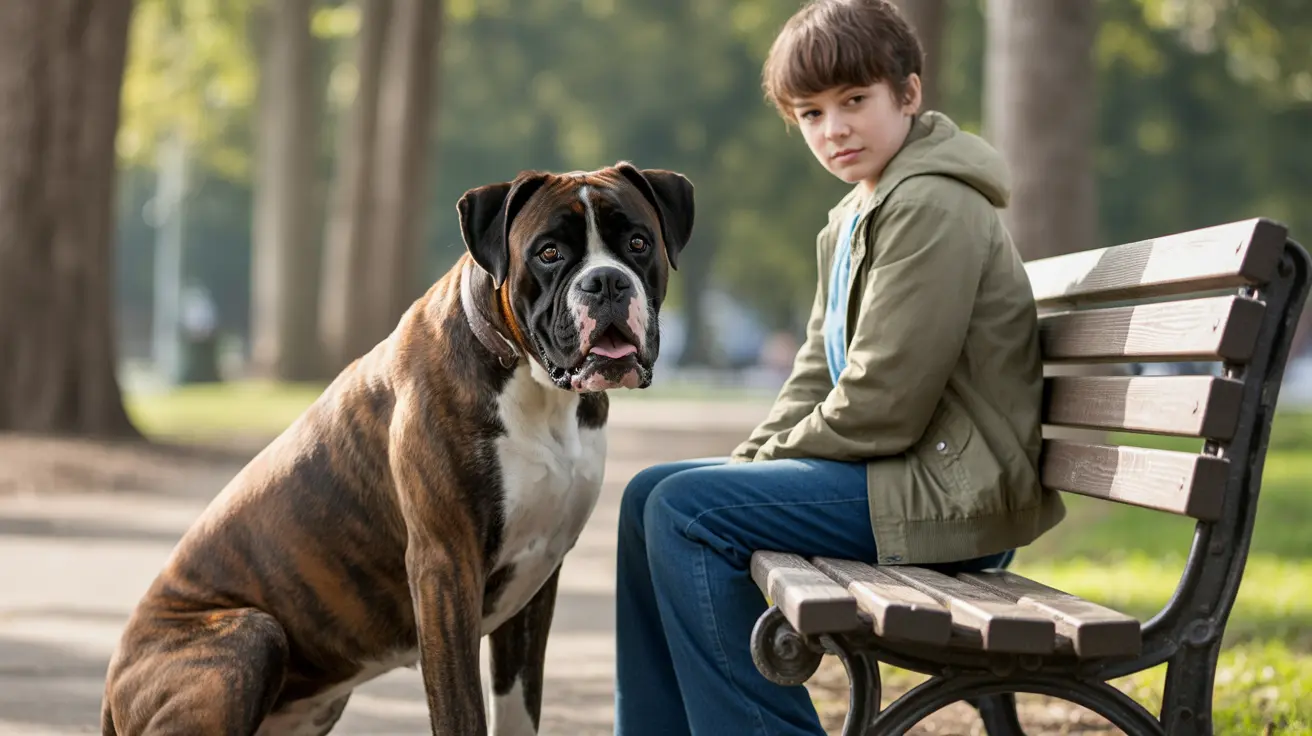Understanding the Genetic Relationship Between Dogs and Wolves
Dogs and wolves share a deep evolutionary history that dates back tens of thousands of years. While domesticated dogs and wild grey wolves may differ in behavior, appearance, and lifestyle, at the genetic level, they remain remarkably similar. Scientific research has confirmed that
dogs (Canis familiaris) share approximately
98.8% of their DNA with wolves (Canis lupus). This close genetic relationship reflects their common ancestry and explains many of the physical and behavioral traits that domestic dogs have inherited from their wild cousins.
The Origin of Domestic Dogs
Dogs are direct descendants of extinct wolf populations. Genetics, archaeology, and anthropological evidence indicate that the domestication of dogs began between
15,000 and 40,000 years ago during the Paleolithic era. Early humans and wolves formed mutually beneficial relationships, leading to a gradual process of domestication.
- Wolves that were less aggressive and more sociable were more likely to associate with human camps.
- Humans provided food and shelter, while wolves offered early warning systems and protection.
- Over generations, these wolves became genetically distinct from their wild counterparts, evolving into dogs.
Genetic Similarities and Differences
While dogs retain a significant percentage of wolf DNA, it's the differences that define them as a separate subspecies. These minor variations in genetic code are responsible for:
- Behavioral changes: Dogs are generally less aggressive and more eager to please humans than wolves.
- Physical traits: Differences include size, coat color, ear shape, and tail curl.
- Cognitive abilities: Dogs have evolved to better understand and respond to human cues and emotions.
Despite these differences, many canine behaviors, such as tail wagging, scent marking, and howling, have strong ties to wolf ancestry and remain observable in domestic breeds.
Studies Confirming the 98% Figure
Molecular genetic studies, including sequencing of mitochondrial DNA and whole genomes, have repeatedly shown that dogs and wolves share over 98% of their genetic material. This figure differs slightly depending on the breed and the specific methodology used, but most scientific consensus sets it around 98.8%.
What the Genetic Overlap Means for Pet Owners
Understanding the genetic closeness between dogs and wolves helps explain why certain dog breeds may exhibit behaviors that resemble wild instincts, such as:
- Pack mentality: Dogs are social animals that crave hierarchy and structure.
- Territorial behavior: Dogs may bark at strangers to defend their "den."
- Predatory drive: Many breeds retain a drive to chase or retrieve, linked to hunting ancestors.
Knowledge of this relationship helps pet owners choose breeds more suited to their lifestyle and better understand dog behavior.
Not All Breeds Are Equally Close to Wolves
Some dog breeds have a closer genetic resemblance to wolves than others. Breeds such as:
- Alaskan Malamutes
- Siberian Huskies
- Shiba Inus
- Akitas
retain more primitive features and behaviors due to less selective breeding. These dogs may be more independent, require more exercise, and demonstrate stronger prey drives, making them suitable for experienced owners.
Common Misconceptions
While the idea that your dog is "almost a wolf" is compelling, it’s important not to overstate the similarities:
- Domestication changed dogs significantly—genetics is not the whole story.
- Evolution cannot be reversed: A domestic dog raised in the wild does not turn into a wolf.
- Modern wolves are not identical to ancestral wolves: They’ve evolved separately from the ancestors of dogs.
Conclusion
While dogs and wolves are genetically very similar, with dogs retaining around 98.8% of wolf DNA, they are distinct animals shaped by thousands of years of domestication and mutual evolution with humans. Recognizing this ancient connection deepens our understanding of dog behavior, communication, and needs, helping us build stronger, more respectful relationships with our canine companions.





